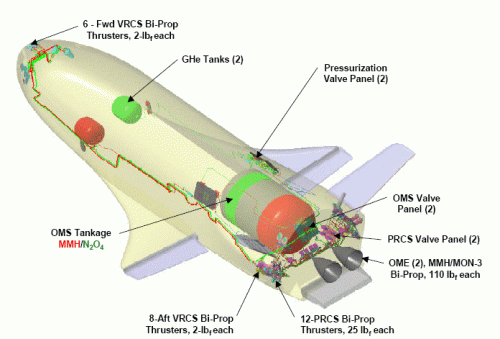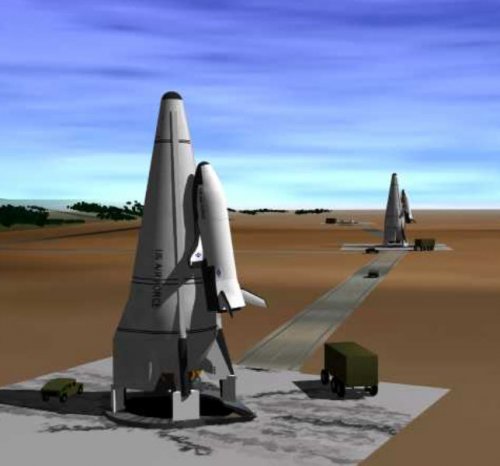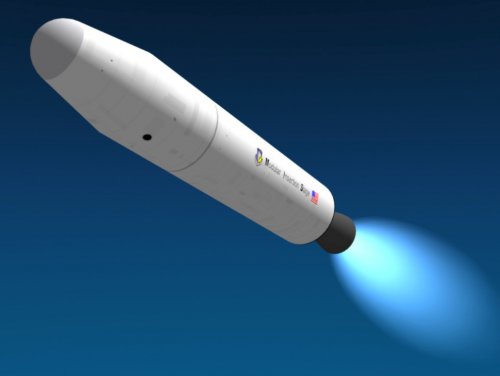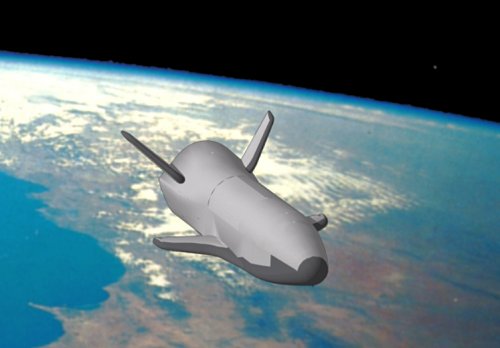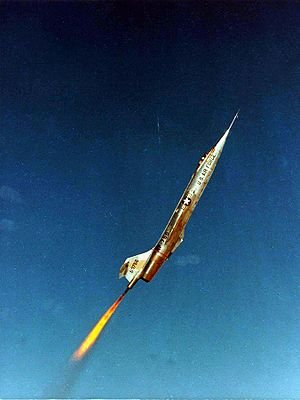I know that presentation and its not that simple.
flateric said:
There is a significant chaos in the designations, so we should divide it into the three timeframes:
Timeframe 1
X-40A is a 85% scale atmospheric demonstrator of the ReFly
X-40B is the full sized SMV prototype
Future X Pathfinder from NASA is starting and becoming X-37
Timeframe 2
Because of the Clinton veto, X-40B SMV cant proceed and the development is stopped.
After only one flight under USAF, X-40A is transferred to the NASA
X-37 is going to be orbital technology demonstrator for the advanced reusable space vehicle technologies.
Development and manufacturing of the powered atmospheric demonstrators X-40B (new) and X-40C begins.
Timeframe 3
X-40B (new) and X-40C were never finished.
X-40A is after eight (? I am not sure just now) flights abandoned.
X-37 under the NASA control is going to be cancelled, but before that because the X-40A collected not enough data, the development is divided into full scale atmospheric demonstrator X-37 ASLV and X-37B OTV.
USAF takes control, X-37 ASLV is tested under the White Knight and two examples of the X-37B are manufactured.
It means that original full scale X-40B SMV prototype is not the same as the jet powered atmospheric X-40B demonstrator.
And yes, recently posted patent finally explains the origins of the design and can answer a lot of questions, why the X-37B OTV looks how it looks
Update: there are some yet unsolved gaps in my expectations, so expect a revised table soon.

